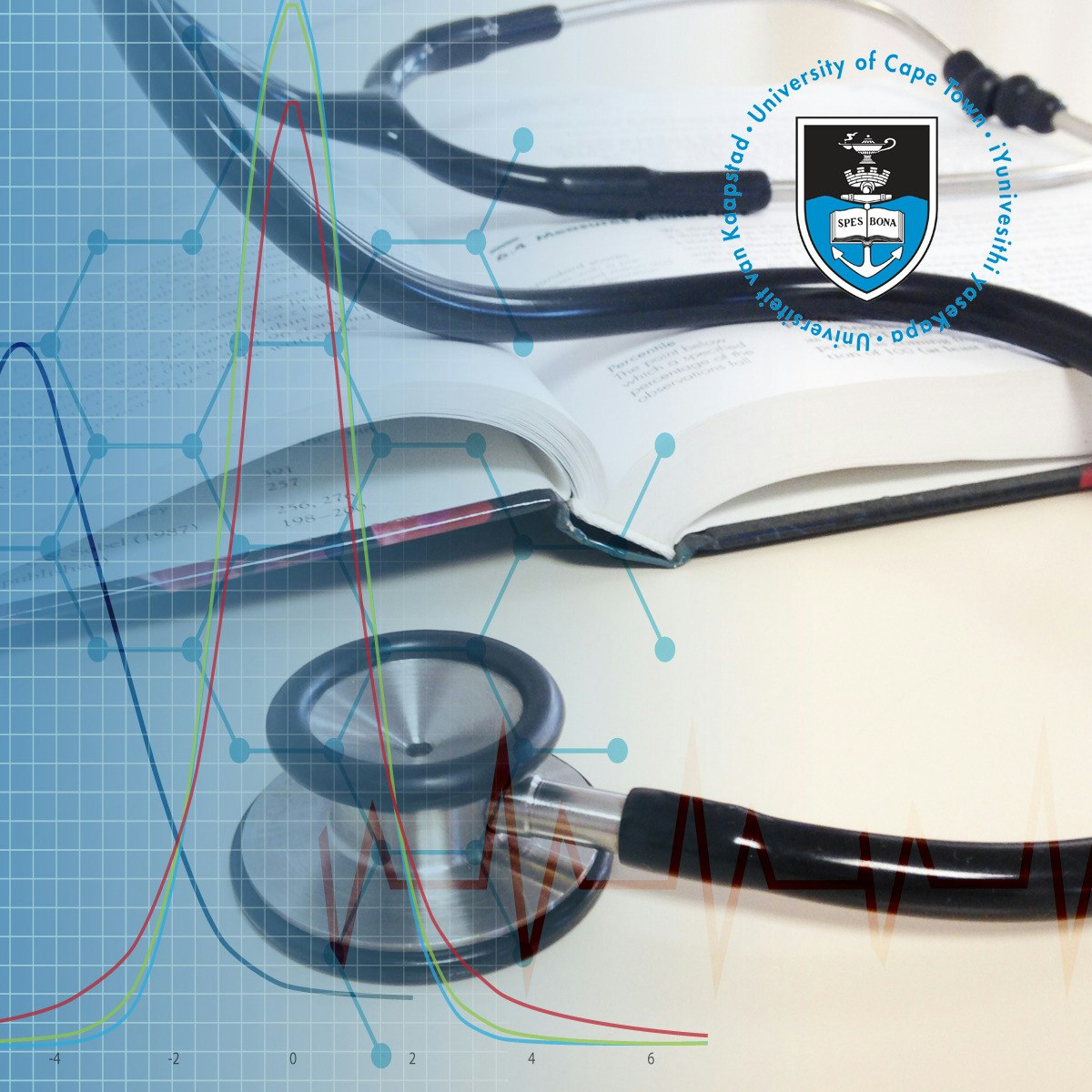About the course
This course introduces you to Julia as a first programming language. Julia is a high-level, high-performance dynamic programming language developed specifically for scientific computing. This language will be particularly useful for applications in physics, chemistry, astronomy, engineering, data science, bioinformatics, and many more. You can start programming with Julia within Coursera and it can also be used from the command line, program files, or a Jupyter notebook.
Julia is designed to address the requirements of high-performance numerical and scientific computing while being effective for general-purpose programming. You will be able to access all the available processors and memory, scrape data from anywhere on the web, and have it always accessible through any device you care to use as long as it has a browser. Join us to discover new computing possibilities. Let's get started on learning Julia.
By the end of the course you will be able to:
- Programme using the Julia language by practicing through assignments
- Write your own simple Julia programs from scratch
- Understand the advantages and capacities of Julia as a computing language
- Work in Jupyter notebooks using the Julia language
- Use various Julia packages such as Plots, DataFrames and Stats
The course is delivered through video lectures, on-screen demonstrations, quizzes, and practical peer-reviewed projects designed to give you an opportunity to work with the packages.
Course content
- Module 1: Welcome to the course
- Module 2: A context for exploring Julia: Working with data
- Module 3: Notebooks as Julia Programs
- Module 4: Structuring data and functions in Julia
Registration
This course is offered by Coursera. Enrol and pay directly with the course provider.
More information
About: UCT MOOCs
Email: moocs@uct.ac.za
Julia Scientific Programming
ENROL & PAY WITH COURSERA


 = (0)
= (0)